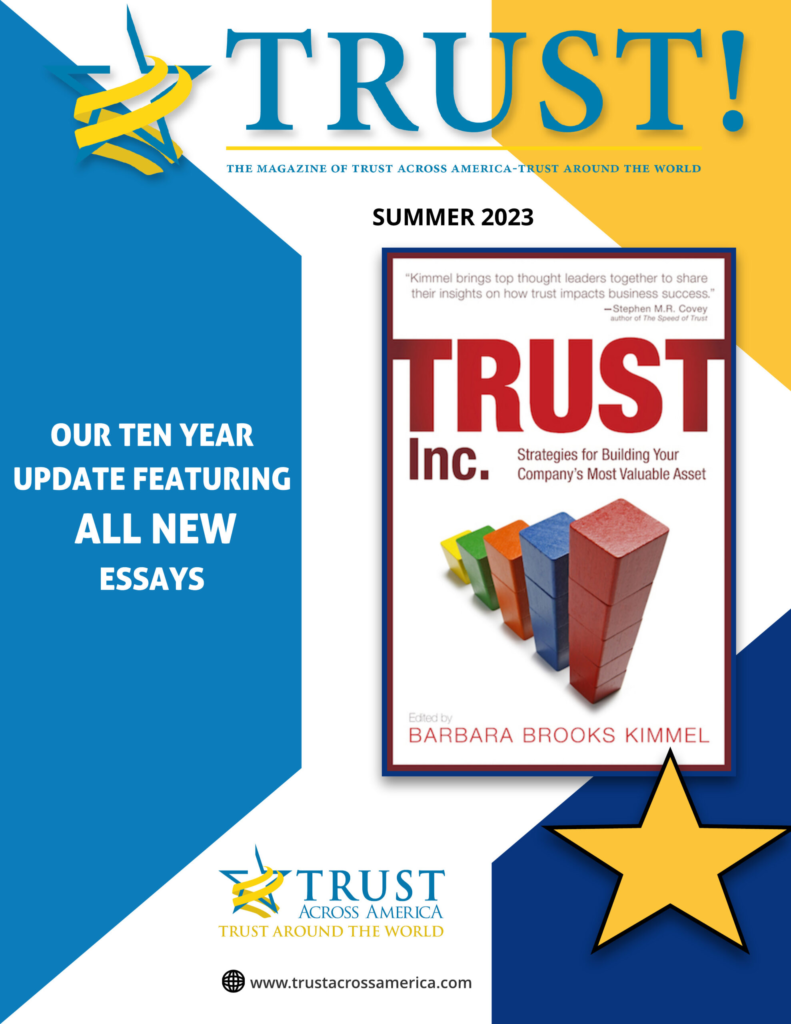
Recently, I presented at a conference for leaders running businesses with participants from over one hundred and fifty countries. Having spoken on trust in more than fifty-eight countries on-site—and in even more virtually—I’ve noticed that although every culture is beautifully unique and different, there is one common thread that runs through them all: trust. Regardless of the setting or the circumstances, each culture and country is shaped by trust – or the lack thereof. Every society, organization, team, group, and family functions well only to the degree there is trust. Indeed, it can be said that trust “makes our world go ‘round.”
If it feels like your world isn’t going ‘round right now, or it’s going slower than you’d like, I recommend looking at trust first. The reality is, that low trust is almost always the root of the problem – or the most impeding barrier to the solution. Indeed, most organizational performance issues are really trust issues in disguise.
Never before has the impact of low trust been more prevalent or apparent. More and more we see examples of this play out on the news, as well as in our own organizations, communities, and neighborhoods. On top of that, we have more research and data on how trust drives performance available at our fingertips than at any other time in history. We know this is important. And yet, deliberately moving the needle on trust, which is vital for everyone and everywhere, continues to present an enormous challenge. Why is that?
Trust the Noun
For me, it begins with understanding what Trust means. Trust as a noun is both complex and eye-opening.
Take for example, this exercise that I invite teams and audiences to participate in when I speak on this topic. Consider the statement below:
It is possible to have two trustworthy people working together and to have no trust between them.
Take a few moments to ponder the significance of that statement, because in all my years of teaching trust, this is perhaps one of the most profound insights I’ve learned.
Read it again. What stands out to you?
The idea that you can have two trustworthy people working together and also have no trust between them continues to be one of the biggest challenges I run into when working with people— regardless of the situation. Whether it be on a team, between teams, in an organization, in the relationship between partners and customers, or even just on a personal level, this problem comes up again and again.
It exhibits itself as misalignment between departments, a lack of collaboration, weak retention, lethargic execution, an inability to innovate, and formation of silos. It becomes greatly magnified in the context of nearly every form of organizational change. It becomes a silent stumbling block on the road to innovation and progress. Have you experienced this or seen it in your own organization? The majority of people can relate to the frustration that comes hand in hand with low trust.
However, the statement I shared is only part of the insight. Take a moment to consider the completed message:
It is possible to have two trustworthy people working together and to have no trust between them . . . if neither person is willing to extend trust to the other.
When most people think about trust, they simply think about trustworthiness – the level at which someone can be relied upon or trusted. Although insufficient by itself, trustworthiness is still a good place to start because it’s difficult to have real, meaningful trust between people when one or both parties isn’t worthy of it.
But here’s the kicker: in my experience, our most significant challenge is not a lack of trustworthy people. Everywhere you go, you can find good, honest, trustworthy people to work with. So, that is less often the issue. Rather, the bigger challenge is trustworthy people who do not extend trust to other trustworthy people. Those same good, honest, trustworthy people are often the ones who find it hardest to give trust to others.
I can’t tell you how many leaders I’ve worked with who are credible and authentic, who care deeply about both their work and their people, who are excited and eager to make a difference for their organization – and yet who just can’t seem to extend trust, or enough trust for it to really matter. They are trustworthy but are not trusting. Both dimensions are vital. And because trusting is reciprocal, it goes both ways: employees and team members who are distrusted by their leaders learn to withhold trust from those same leaders. And the cycle and impacts of low trust continue onward. To achieve Trust in its ultimate noun form, we must have both components present and operating – trustworthiness and trusting.
The Good News
Although your organization might not currently be operating at the level of trust you want, I believe this insight provides hope that it can. If our teams and organizations really are full of trustworthy people, it means there is enormous potential waiting for us on just the other side of a meaningful extension of trust. There are enormous benefits we have yet to reap if we shift our focus from not only being trustworthy but also to being trusting.
Gail McGovern, twice named one of the “50 Most Powerful Women in Corporate America” by Fortune Magazine, is a model of being trusting. When she became CEO of The American Red Cross, she inherited a $209 million operating deficit, along with a Board mandate to eliminate said deficit within two years. On top of that, she was the 10th CEO of the prior decade. Walking into the struggling non-profit and assuming trustworthiness at scale may not have been the most natural position to take.
Knowing the difficult circumstances the organization faced, and how temporary the CEO role had been, Gail arranged a series of town hall meetings around the country—what she called a “listening tour”—with the intent to listen to and connect with employees as a foundation of developing a turnaround plan. During one such meeting, an employee bravely asked the question on everyone’s mind, point blank: “Gail, you’re new and we’ve gone through a lot of leaders. How do we know if we can trust you?”
Gail responded thoughtfully, “You’ll have to decide that for yourself but I certainly believe you’ll find in me someone you can trust.” Then she leaned in and emphatically declared to everyone in the room, “But let me tell you that I trust each and every one of you.”
This was an easy thing to say yet hard to do. But Gail meant it. She was trustworthy when she arrived, bringing with her an excellent track record, but that wasn’t what inspired her employees to trust her. It was her early decision to practice trusting others that people responded to powerfully. This strong start inspired her people and helped them to buy into her plan and vision for the organization. This unified front served them well as they were able to eliminate the deficit and kick off a turnaround that continues to this day to perform and serve society in profound ways.
Trusting Globally
Another great example of trusting is Daniel Grieder, the CEO of global fashion retailer, HUGO BOSS, out of Germany. When Daniel was brought in from outside the company to serve as the new CEO, he immediately met with his top leadership team, and outlined, in essence, two possible paths forward. In that meeting, he laid out his vision and invitation for the future:
“Team, you don’t know me, and I don’t know you. So, we have two choices: we can spend the next year deciding whether or not we can trust each other . . . but then we’ll have wasted a year. Or we can decide to trust each other from day one. I choose the second option. So please know this: I trust you. Please trust me too. Trust is how we we’ll create a new way of working together, and a new culture.”
Can you imagine the impact this immediate extension of trust had on those in the meeting? In fact, I recently had the opportunity to meet with Daniel and his team, just about two years into his tenure and the results were obvious. In those early days, the company had created a five-year strategic plan and, even though only two years had passed they were already on year four of the plan! Indeed, they were operating at the speed of trust. The decision to trust each other internally had long since been made, and their external performance—as well as internal culture—was the proof. Through trust, Daniel and his team were able to build a strong culture of trust that allowed them to collaborate more frequently, innovate more fully, and achieve their goals more quickly. They were winning in the marketplace as a result of winning in the workplace first. Daniel was trustworthy but he also trusted his people who in turn trusted him and together they were able to achieve remarkable results.
Imagine how differently things might have gone in both scenarios had Daniel or Gail chosen not to extend trust.
What About You?
Stories like this are inspiring but may also feel overwhelming due to their scale. But in my experience, the results of extending trust are just as impactful and magnificent on a personal level as they are on an organizational or global level. Perhaps this can be seen most clearly, as you consider these three favorite questions of mine.
The first is simply, “Who trusted you?” I often ask people to identify someone in their life who trusted them. Someone who saw potential in them that maybe they didn’t even see in themselves, someone who believed in them, someone who took a chance on them. Almost without exception, everyone can quickly, if not immediately, think of someone (and sometimes more than one). Whether it was a parent, a boss, a teacher, a coach, a friend – we all remember those people who trusted us and believed in us.
The second question I like to ask is, “how did that extension of trust impact the way you saw yourself?” We know these people had a great impact on us but there is something special about articulating how exactly they did and how it changed and inspired us. Regardless of the situation, deep down we all want to be trusted – and when we are, it does something for us. Being trusted is the most inspiring form of human motivation. Being trustworthy is vital—but sometimes the very thing that makes a person worthy of trust is when they find themselves on the receiving end of it. People more often than not rise to the occasion when they are given the chance to prove themselves.
Having thought about the person who trusted you and how it impacted your life for the better, my third question is, “For whom can you be that person?” The cycle of extending trust shouldn’t end with you. There are people out there waiting for someone to offer them the chance to shine. You can be that person for them.
I invite you to consider all three of these questions. No matter your circumstances – whether as CEO of a company, a manager of a small team, an hourly employee, a stay-at-home parent or simply as a human being, you have the opportunity to change lives through trust. Your organization, your team, the trustworthy people in your life can reap the benefits as you extend trust to them. And you will find in turn that they will extend trust to you. And this uplifting cycle, no matter where on the globe you might be, will indeed make your world go ‘round.
by Stephen M. R. Covey (bestselling author of The Speed of Trust and Trust & Inspire)
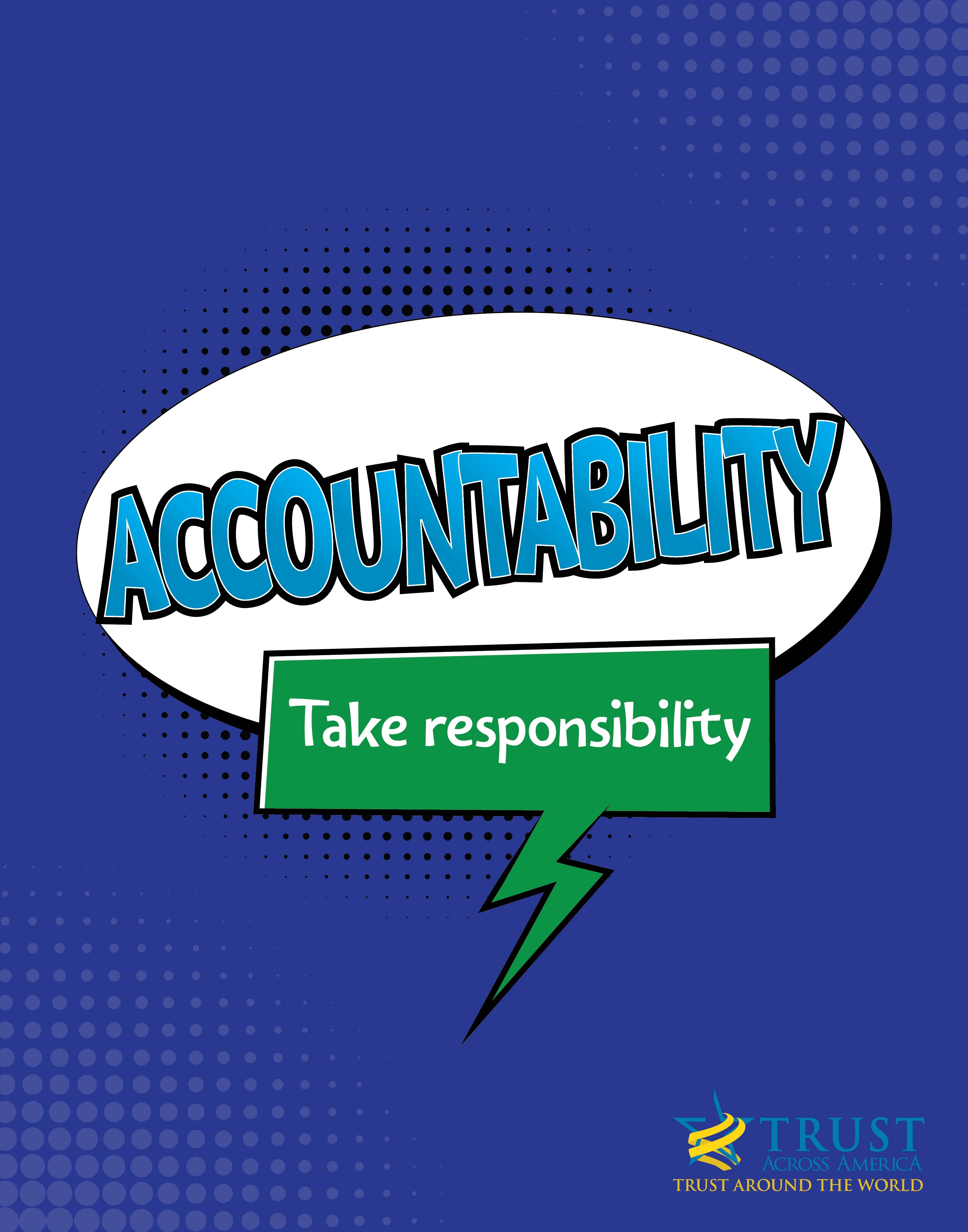
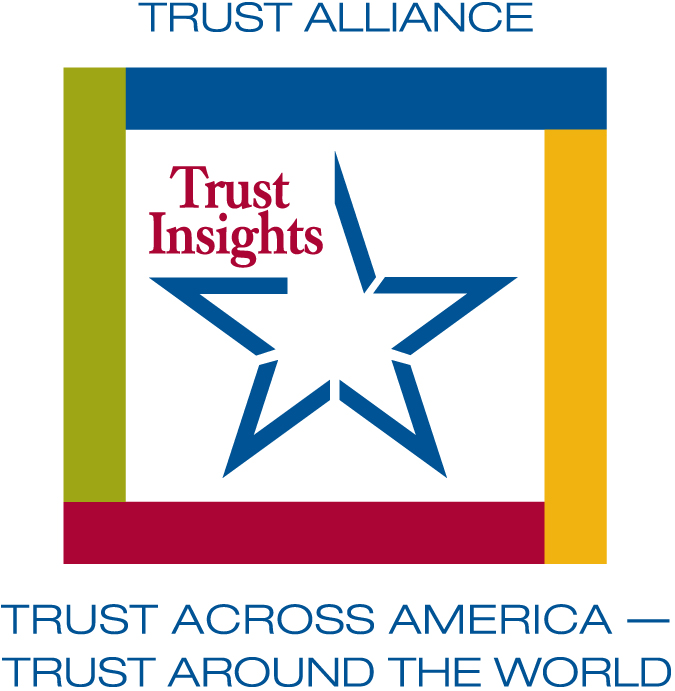

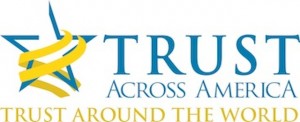
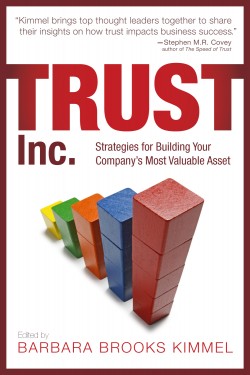
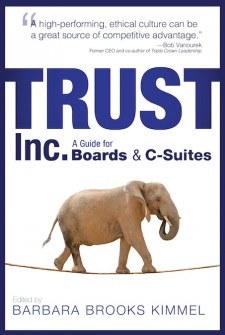
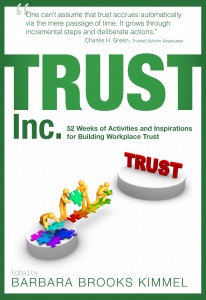

Recent Comments